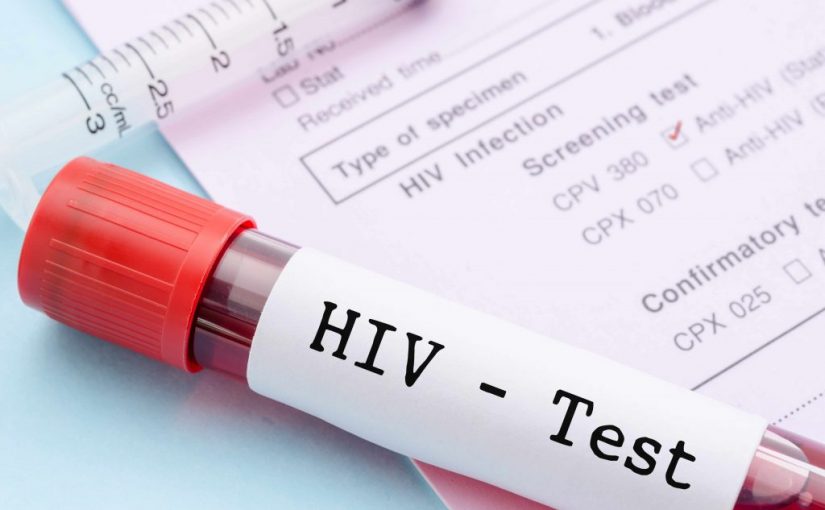Since HIV first appeared in Australia almost forty years ago, there have been huge advancements in diagnosis and treatment. These days, HIV testing is more than 99% accurate and providing there is ongoing treatment, people living with the disease can live full and healthy lives.
We sat down with Stephen Adelstein, Director of Clinical Immunology and Allergy for NSW Health Pathology at the Royal Prince Alfred Hospital, to learn a little more about an area of pathology that has been so successful.
Let’s begin at the beginning. How is HIV diagnosed?
The diagnosis of HIV depends on the detection of antibodies to the virus or the virus itself in blood.
Many tests for infectious diseases depend on the detection of antibodies to the infectious organism or antigens from the infectious organism, which are basically, the parts of that organism.
Since the early 1980s, the test has been progressively improved and it is now probably the most accurate test we have to detect any infectious agents, aside from molecular techniques.
The current test we have is more than 99% sensitivity which means it is extremely unlikely to miss a positive person. And the specificity is about 99.5% so anybody who doesn’t have HIV infection won’t be positive.
A note on screening and false positives
Because HIV is a very low-prevalent condition in the general population, if you use the test to screen everyone, there’s more likelihood of getting a false positive result.
In Australia HIV affects less than 1 per cent of adults so is not a common condition. We also know that there are people within the general population who have no or very low risk of being exposed to the virus; for instance people who are not sexually active and have never used intravenous drugs.
The prevalence of a disease is important in interpreting test results and in deciding whether to use a test for broad screening, and who you choose to screen.
Even with a highly accurate test, false positives are still possible and are more likely to happen if you are screening a large number of people who are low risk.
Can you explain the HIV testing process?
Initially, there’s a screening test, which is what I’ve already mentioned. If that is positive (and because we don’t want to identify false positives) it then undergoes a second screening test, which is called a
Western Blot – a more specific blood test.
If the Western Blot is positive as well, then it’s highly likely that the person has been exposed to the HIV virus. At this stage the person can have a molecular test, which is also a blood sample which looks to detect the presence of the virus itself and measure the amount of virus that is in there.
If the Western Blot Test is more specific, why not do that first?
Quite simply, it is less sensitive as a screening test (that is not everyone who is infected will be positive) and it’s much more expensive and difficult to perform. Due to the low prevalence of HIV it makes more sense to offer a more accessible screening test in the first instance. The initial test that we use helps keep testing affordable and helps manage diagnostics in a secure way.
Once HIV is diagnosed, how is it treated?
HIV affects and destroys T-cells (cells in the blood that are part of the immune system). Because it does that you can monitor what its effect is likely to be by measuring the number of T-cells that are present in a person’s blood. The lower the number of T-cells, the more likely that person is to get what are called opportunistic infections – which are basically infections that live in everybody, that our immune systems are usually able to control. Yet when your T-cells are destroyed, your immune system becomes suppressed and you are more likely to get ill.
Depending on how many T-cells that person has, and how much virus is in the blood, it is likely that most people will be offered anti-retroviral treatment which kills the virus and therefore T-cell numbers can be restored and for that reason HIV and AIDS is a controllable and treatable chronic disease that, provided you take your treatment, people can live normal lives.

